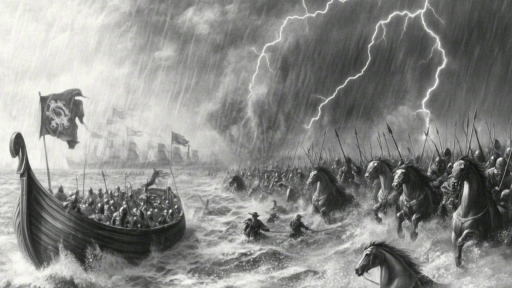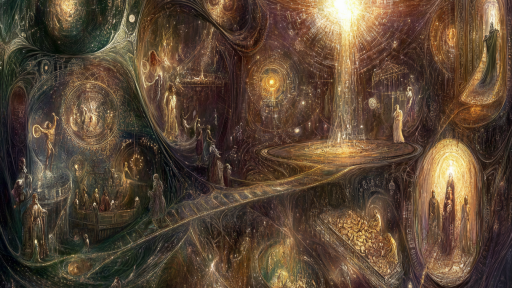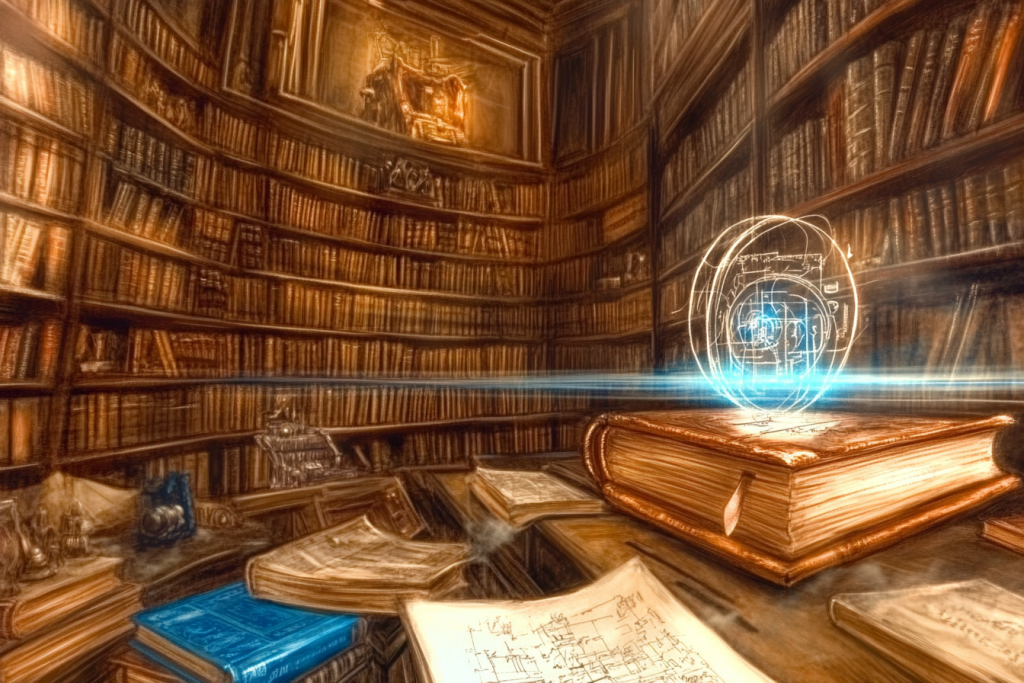
History is often written by those who control the narrative, but what happens when new discoveries challenge everything we thought we knew? From ancient civilizations that predate recorded history to artifacts that don’t belong in their time, evidence continues to surface that rewrites our understanding of the past. Some discoveries are dismissed, others debated, but all of them raise an unsettling question—how much of what we believe about history is actually true? The past isn’t as set in stone as we once thought.
The Göbekli Tepe Ruins – The Oldest Known Temple Changes Everything
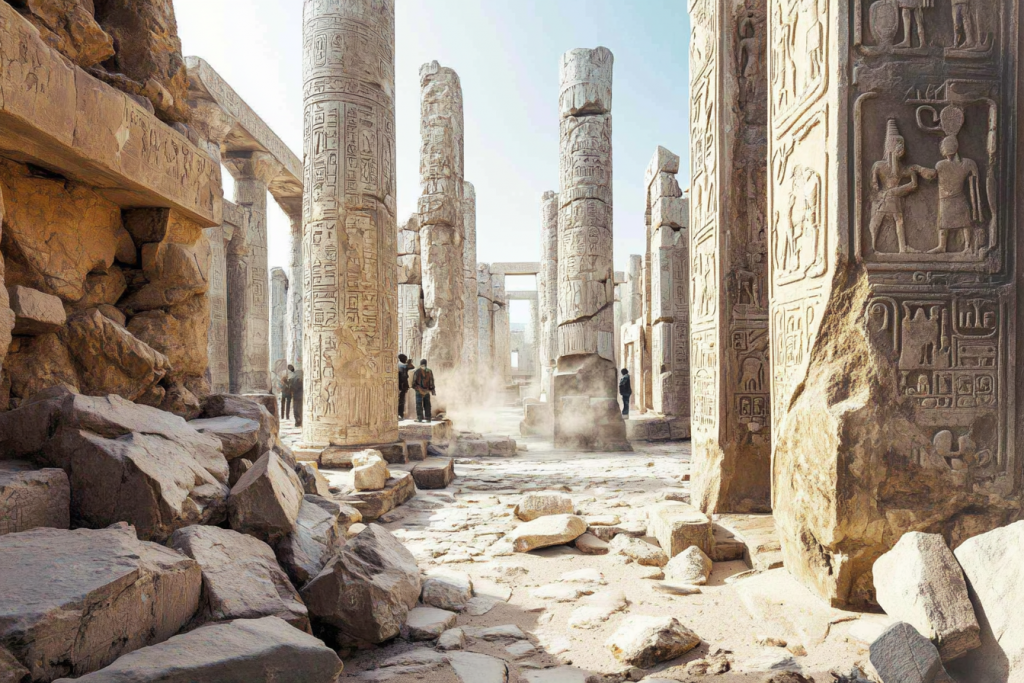
Archaeologists once believed that organized religion only emerged after the rise of agriculture, but Göbekli Tepe shattered that idea. Discovered in Turkey, this 12,000-year-old temple predates known civilizations and was built by hunter-gatherers long before farming even began. The intricately carved pillars suggest advanced construction techniques and a complex belief system. This discovery forces historians to rethink the origins of human society and civilization itself.
The Viking Presence in North America – The Norse Beat Columbus
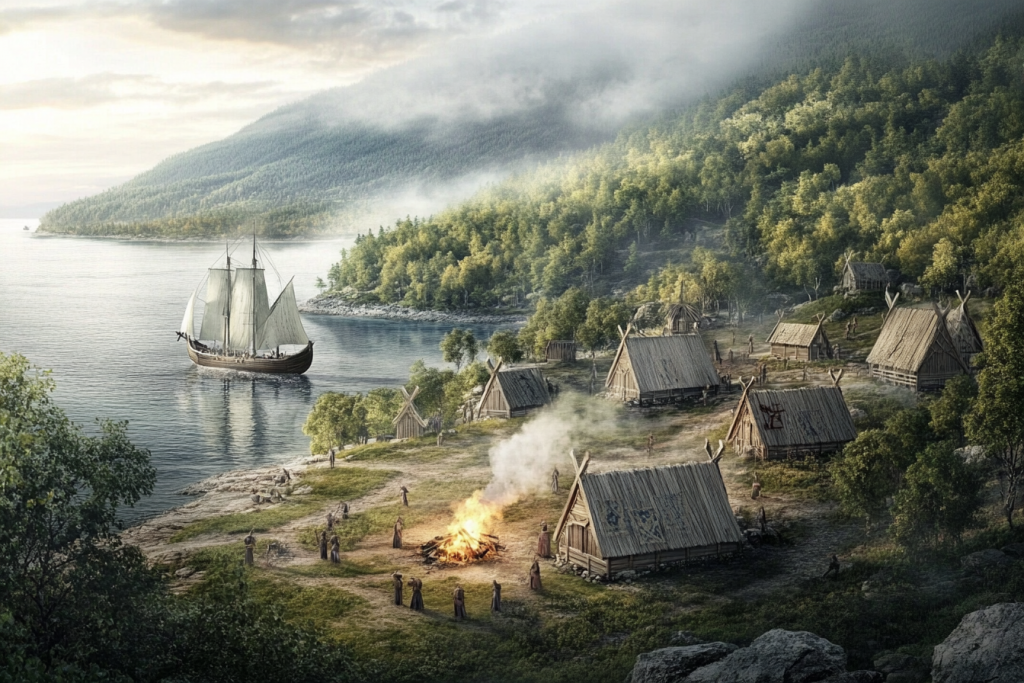
For centuries, history books credited Christopher Columbus with discovering the New World, but evidence proves the Vikings got there first. The remains of a Norse settlement at L’Anse aux Meadows in Canada date back nearly 500 years before Columbus set sail. This suggests Viking explorers, led by Leif Erikson, reached and briefly colonized North America long before Europeans acknowledged its existence. The discovery rewrote history, proving the Americas were not as “unknown” as once believed.
The Antikythera Mechanism – The 2,000-Year-Old Computer

A rusted, ancient Greek artifact pulled from a shipwreck turned out to be one of the most complex mechanical devices of antiquity. Known as the Antikythera Mechanism, this intricate system of gears functioned as an advanced astronomical calculator, tracking celestial movements with remarkable accuracy. Scientists were baffled by its sophistication—nothing like it existed again for over a thousand years. This find suggests that ancient civilizations had technological knowledge far beyond what history books claim.
The Great Pyramids’ True Purpose – More Than Just Tombs?
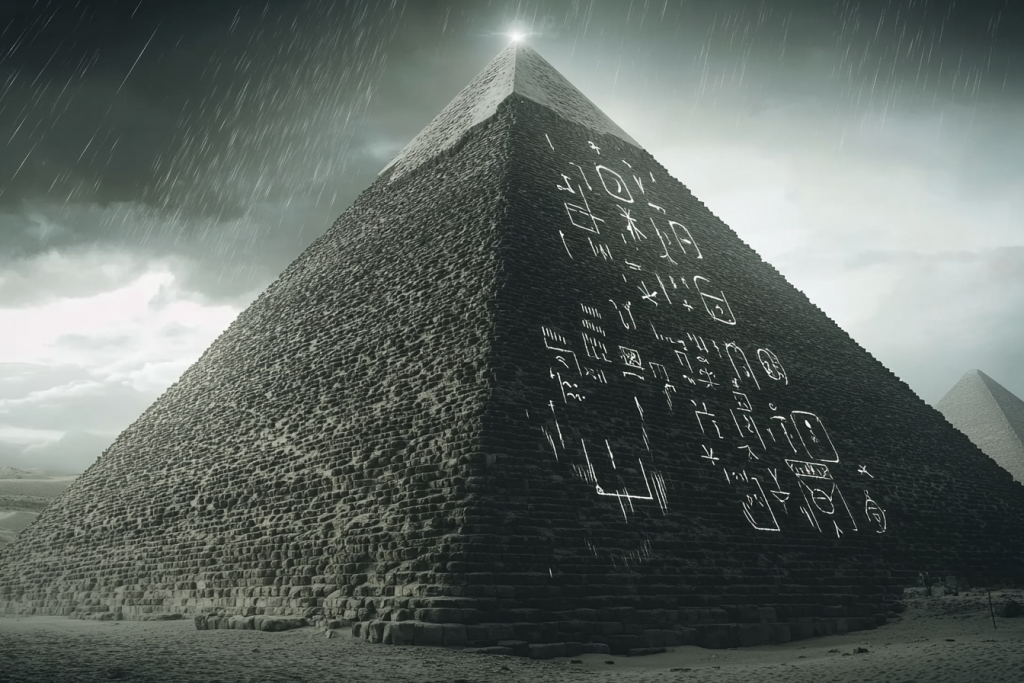
For centuries, historians believed Egypt’s pyramids were built solely as tombs for pharaohs, but no mummies have ever been found inside the Great Pyramid of Giza. Some researchers argue that the structure’s precise mathematical alignment and resonance properties suggest it may have had another function—possibly as an energy generator or astronomical tool. Could the pyramids be more than elaborate burial chambers? If so, history has drastically misunderstood their true purpose.
The Baghdad Battery – Ancient Electricity?

A set of clay jars discovered in Iraq contained metal rods and traces of acidic liquid—resembling primitive batteries. Known as the Baghdad Battery, this 2,000-year-old artifact suggests that ancient civilizations may have harnessed electricity long before Benjamin Franklin’s experiments. While its true purpose remains debated, some speculate it was used for electroplating gold onto artifacts. If true, this would mean ancient engineers had electrical knowledge thousands of years before modern science confirmed it.
The Real Story of the Amazon – Not a Pristine Wilderness
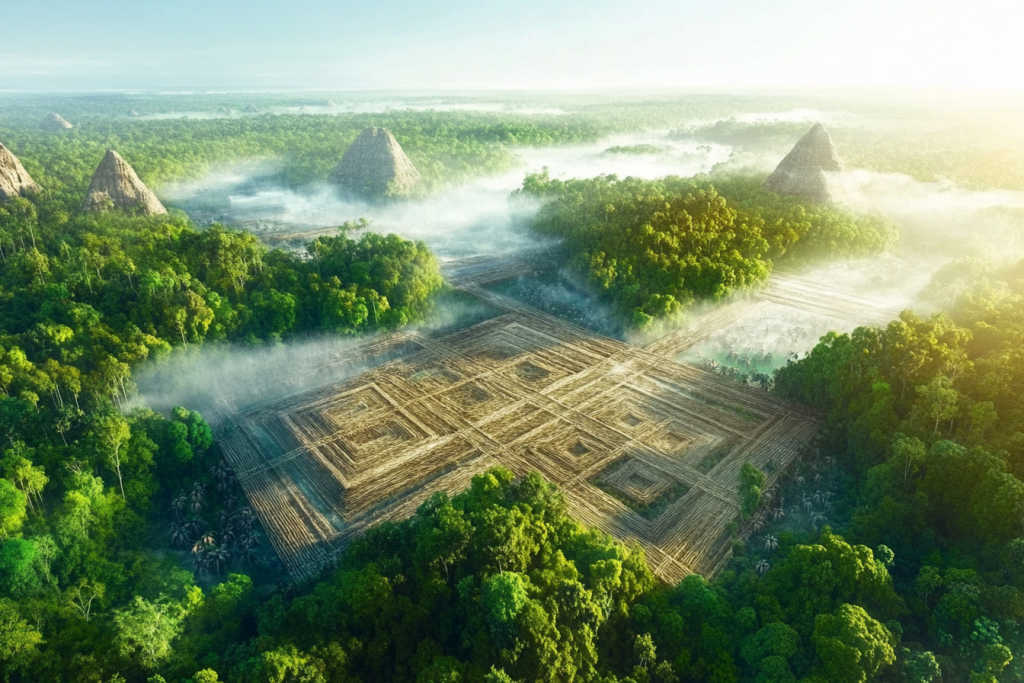
The Amazon was long thought to be an untouched wilderness, but satellite images and excavations have revealed evidence of vast ancient civilizations hidden beneath the jungle. Geoglyphs, road systems, and signs of large-scale farming suggest that millions of people once thrived in what we now call a “natural” rainforest. This discovery overturns the idea that the Amazon was always an untouched paradise—it was likely shaped by humans for thousands of years.
The Missing Civilization of the Sahara – Once a Fertile Land
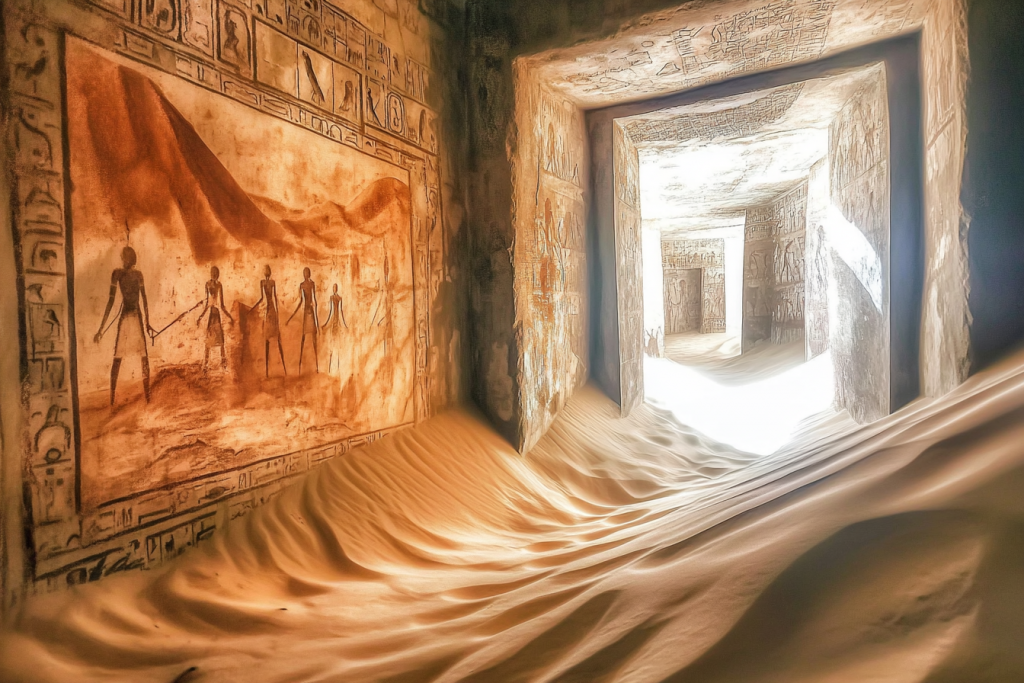
Beneath the vast, dry expanse of the Sahara Desert lies evidence of lost civilizations that thrived when the region was lush and green. Cave paintings, fossilized lakes, and ruins suggest that advanced societies once flourished here before the climate dramatically shifted. This discovery reveals that the Sahara was once a habitable and thriving landscape, raising questions about what other lost civilizations might still be buried beneath shifting sands.
The Ancient Indian Flying Machines – The Vimana Mystery
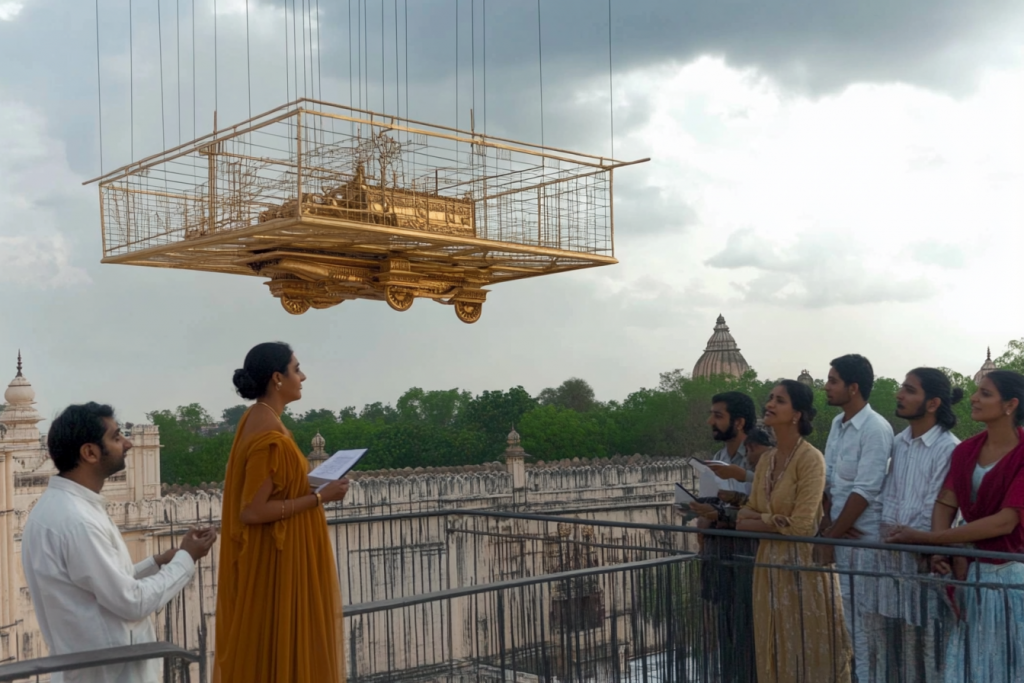
Ancient Sanskrit texts describe flying machines called Vimanas, supposedly piloted by gods and used in battles thousands of years ago. While many dismiss them as mythology, some researchers point to descriptions of complex propulsion systems that resemble modern aerodynamics. Could these be evidence of lost technological knowledge, or are they merely symbolic stories? If ancient civilizations had flying technology, it would change everything we know about early science.
The Long-Lost Land of Doggerland – Britain’s Sunken Past
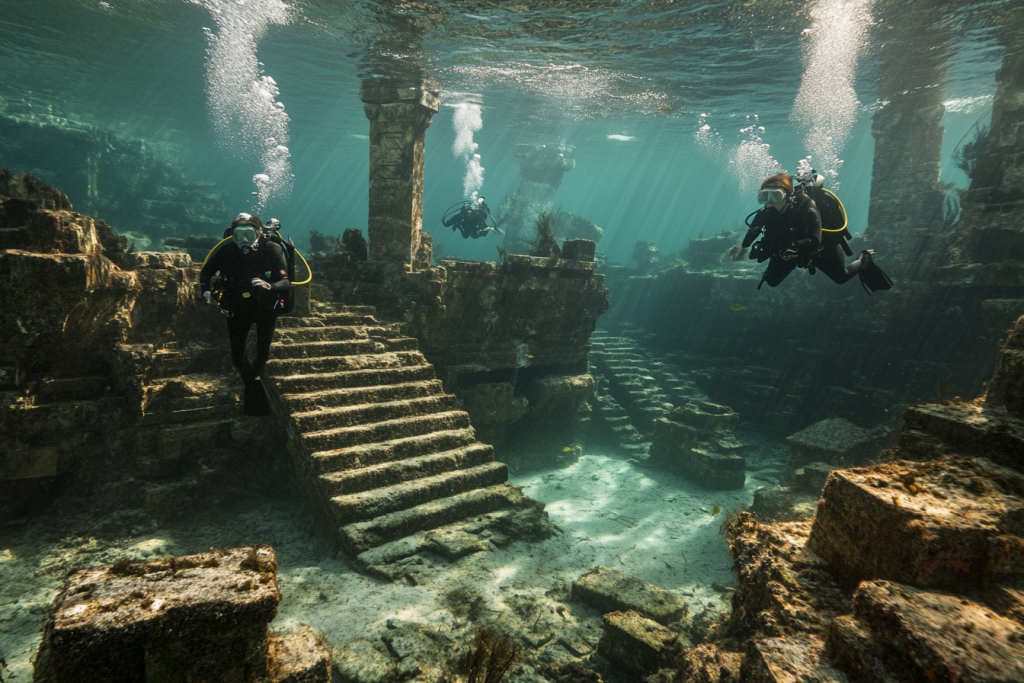
Between Britain and Europe lies a submerged landmass known as Doggerland, once home to prehistoric people before being swallowed by rising seas. Archaeologists have found tools, bones, and evidence of settlements beneath the North Sea, proving that an entire civilization was lost to history. This discovery challenges the idea that modern coastlines are permanent—whole human cultures have disappeared beneath the waves.
The Mysterious Giants of Ancient Legends – Just Myths?

Legends of giants appear across cultures, from the Nephilim of the Bible to the massive beings described by Native American tribes. While dismissed as myths, archaeologists have unearthed skeletons far taller than the average human, raising questions about whether these stories contain some truth. Could ancient people have encountered a now-extinct race of giant hominins? If so, it would rewrite our understanding of human evolution.
The Advanced Maps of Ancient Explorers – Knowledge Before Its Time
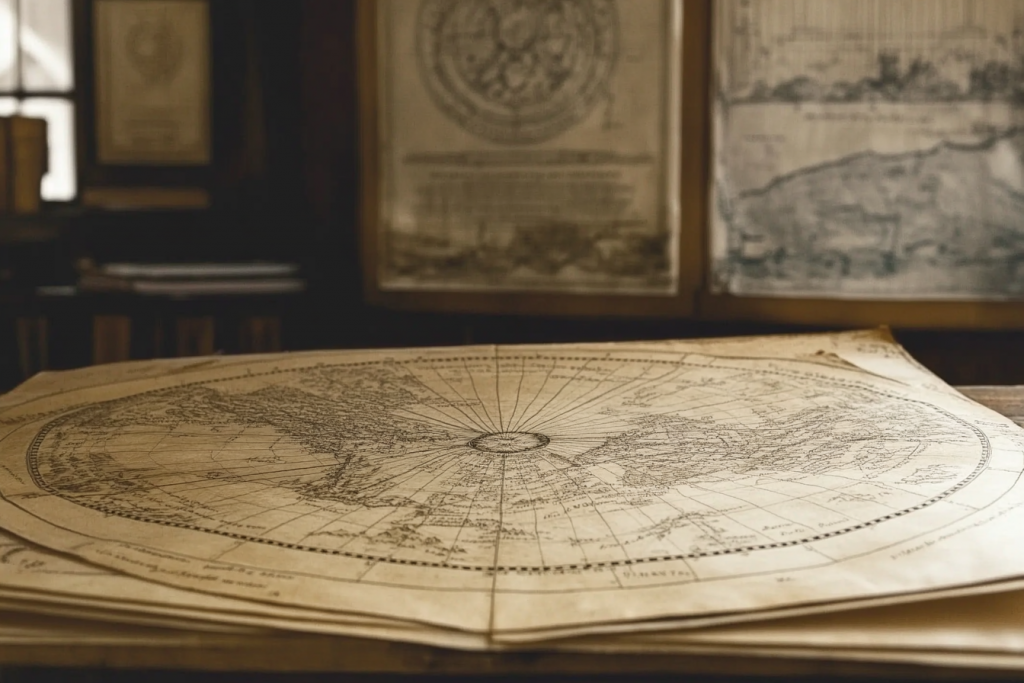
The Piri Reis map, created in 1513, shows parts of Antarctica free of ice—despite the continent being “undiscovered” until 1820. Even more baffling, its coastline is depicted as it would have looked thousands of years ago, before ice covered it. This suggests that ancient civilizations may have had advanced navigational knowledge or access to even older maps. If history books are correct, how did explorers in the 1500s know about Antarctica’s ancient geography?
What Else Is Waiting to Be Unearthed?
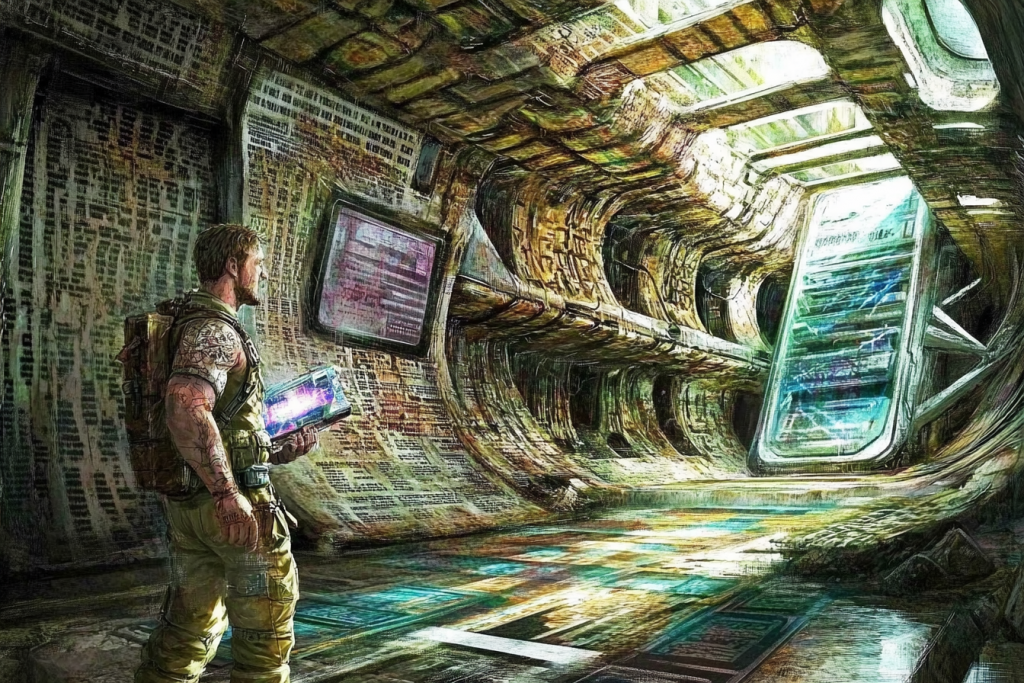
Every time we think we have history figured out, another discovery challenges what we thought we knew. From lost civilizations to forgotten technologies, the past is full of mysteries waiting to be uncovered. If so many historical “facts” have already been disproven, what else might we be missing? Perhaps the greatest discoveries are yet to come, hidden beneath the sands, forests, and ruins of the world.




